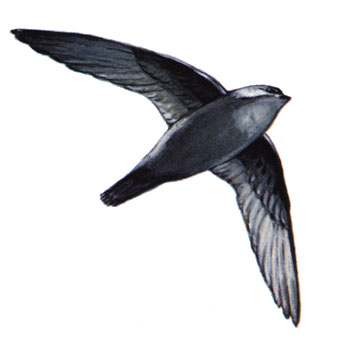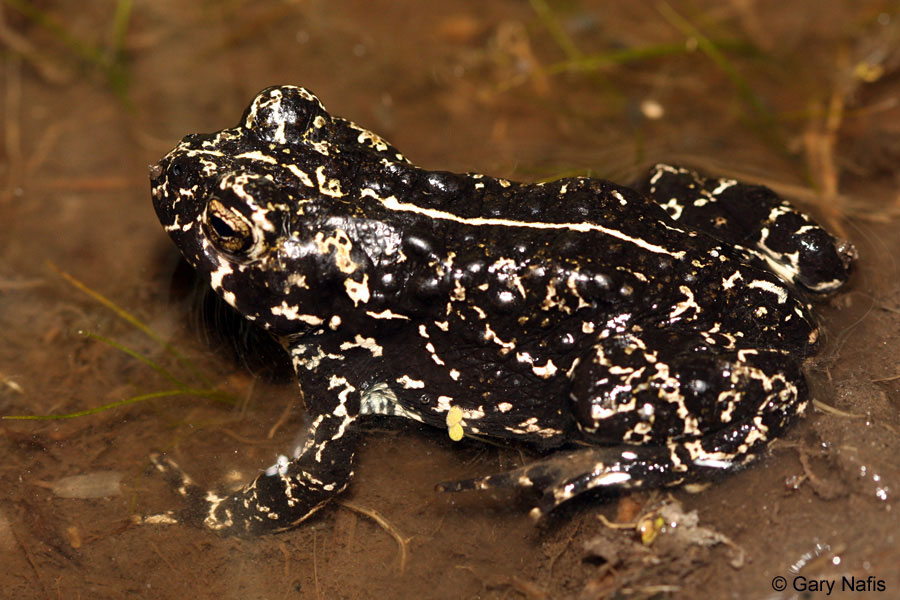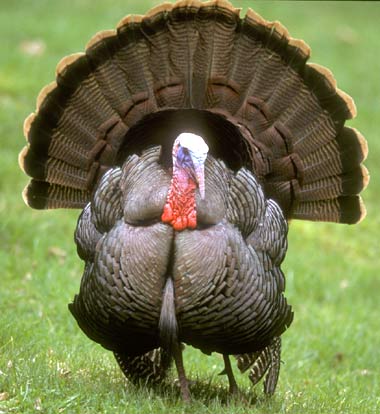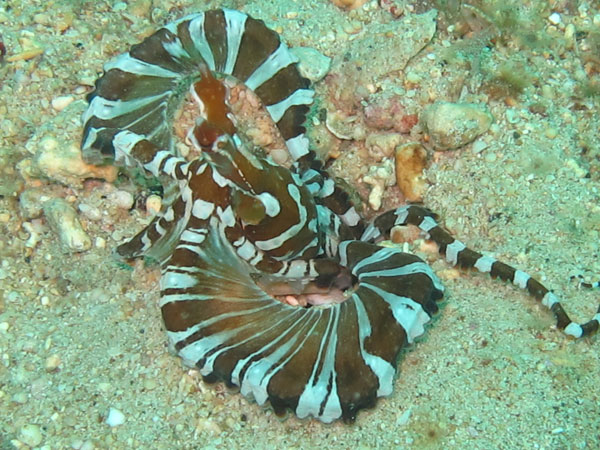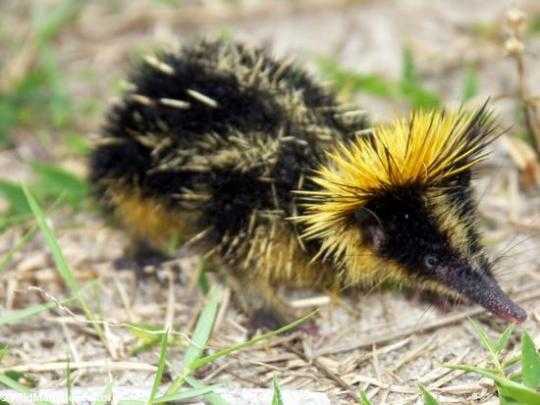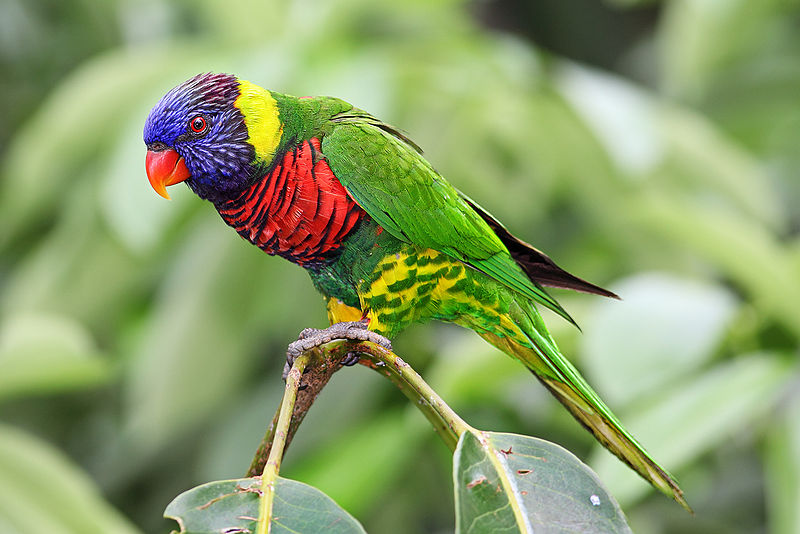
As the week winds down, we find ourselves heading to the other side of the world (if you are like me and live in North America) to discover a beautifully coloured bird known as the Rainbow Lorikeet. One look at the green, red, blue, orange and yellow colours of this bird and you will understand how they received their common name. Naturally, this species of Australasian Parrot can be found throughout Australia, Indonesia, Papua New Guinea, New Caledonia, Vanuatu and of course on the Solomon Islands. This is just their natural range, as the Rainbow Lorikeet has also been introduced to New Zealand and China (Hong Kong). So choose your destination and let’s learn a little more about this amazingly colourful parrot.
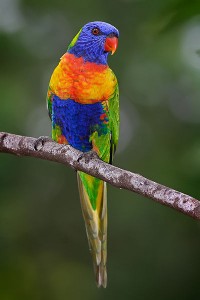
A Flying Flock
I personally find the behaviour of this medium sized parrot to be intriguing. For starters, the Rainbow Lorikeet typically roosts in large flocks. We are talking about 1000’s of colourful parrots hanging out in the trees together. Just how cool of a site would this be to see? Interestingly enough, when they go out to forage, they typically break down into smaller groups of up to 20 individuals and will occasionally just fly around in pairs. I guess everybody needs a break from the large flock once in awhile.
Are You Impressed?
The mating habits of the Rainbow Lorikeet also tends to be quite amusing. As with most animal species, the male has to go all out trying to convince the love of his life to give him the time of day. His courting effort will usually consist of head bobbing, bowing, prancing and they will even try “kissing”….just to get her attention. As you can tell from the hilarious video below, the effort doesn’t always work but at least he gets an “A” for effort.
The Pest
Although these parrots look amazing they are considered to be a pest in Western Australia and New Zealand where they were introduced. Similarly, orchard owners are not a big fan of these fruit loving birds but how could you possibly get mad at such a cute bird? I guess it is possible since eradication methods have been implemented throughout most of their introduced range. Just one more example why you shouldn’t introduce species outside of their natural range.

